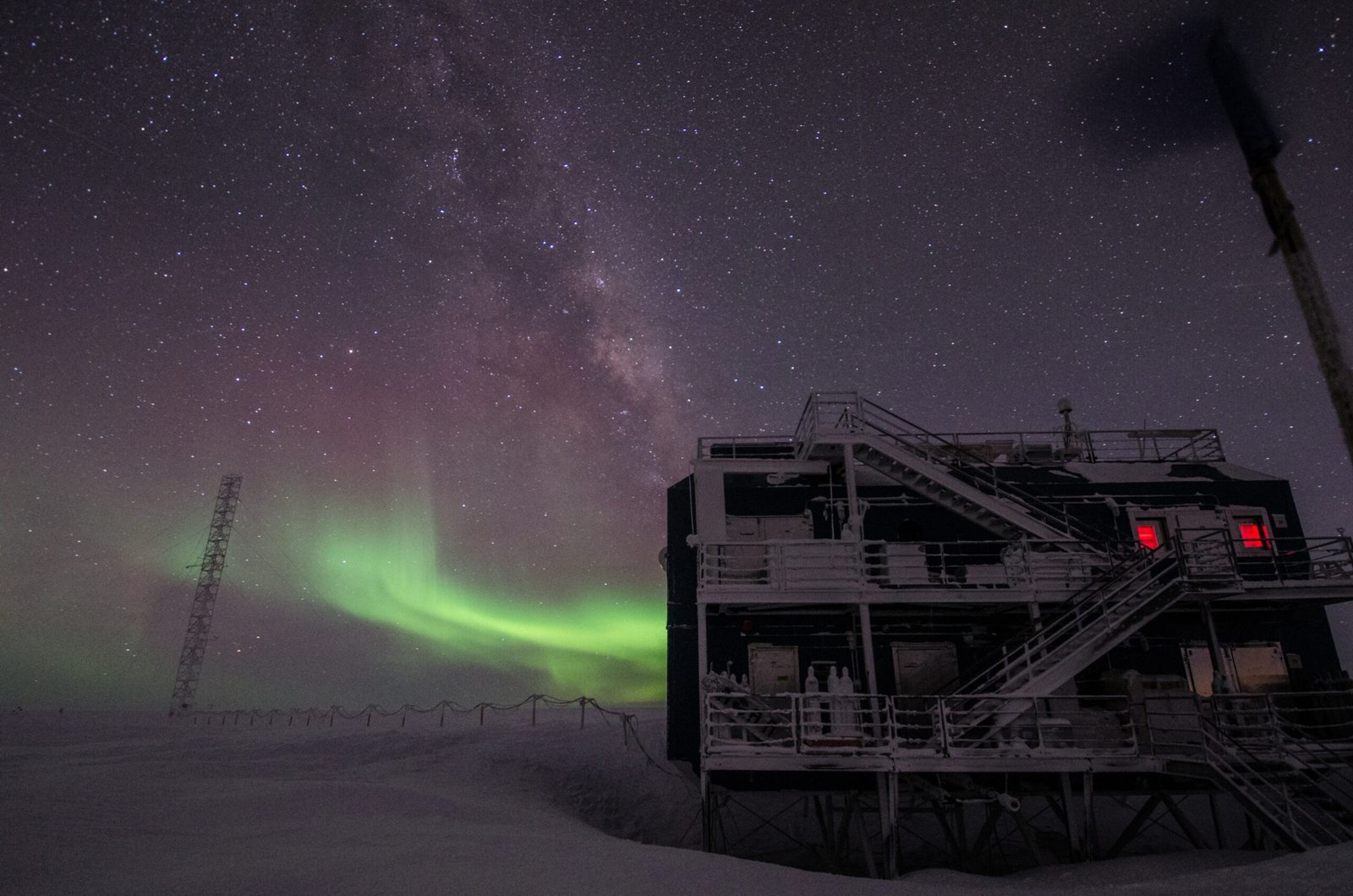In this day and age, when the changing climate is playing havoc with nature’s rhythm, there is some good news on the horizon. New research by National Oceanic and Atmospheric Administration (NOAA) has found that harmful chemicals in the atmosphere that damage the ozone layers have declined by over 50 percent to levels of 1980.
NOAA scientists said that the data “shows the threat to the ozone layer receding below a significant milestone in 2022.”.
About 90% of Earth’s ozone resides in the stratosphere, the layer closest to Earth’s surface. Earth’s ozone layer protects all living forms, including plants and animals, from the sun’s harmful radiation. This protective shield in the Earth’s stratosphere has been steadily declining over the years due to the release of industrially produced chemicals containing chlorine or bromine into the atmosphere, which eat away at this protective layer.
An annual analysis of air samples collected from remote sites across the globe shows a continuous decline in the presence of ozone-depleting chemicals.
This slow but steady decline of harmful gases over the past three decades is the result of international compliance with controls on the production and trade of ozone-depleting substances (ODSs) in the Montreal Protocol on Substances that Deplete the Ozone Layer.
The NOAA scientists, though, cautioned that the pace of reduction in ozone-depleting substances (ODSs) over Antarctica, which experiences a large ozone hole in spring, has been slower. NOAA found concentrations have declined 26% since peak values in the region in the ’90s. In 2021, the hole was that hole was bigger than the size of Antarctica itself, but now NOAA says that the Antarctic ozone layer is projected to recover “sometime around 2070.”
“It’s great to see this progress,” said Stephen Montzka, senior scientist for NOAA’s Global Monitoring Laboratory. “At the same time, it’s a bit humbling to realize that science is still a long way from being able to claim that the issue of ozone depletion is behind us.”
NOAA’s Ozone Depleting Gas Index tracks the overall stratospheric concentration of ozone-depleting chlorine and bromine relative to its peak concentration in the early 1990s. The index was created by the scientists at NOAA’s Global Monitoring Laboratory to render the results of a series of complex analyses into a single number that tracks these harmful depleting. The year 1980 was selected as the benchmark year for the index because this is the year when ozone depletion became obvious.
Global Monitoring Laboratory scientists calculate two separate indices, one for the mid-latitudes, where a large fraction of the world’s population lives, and the other for Antarctica, where deep ozone holes are observed every year in spring due to the cold temperatures that act as a catalyst for ozone-destroying reactions.
You can read the full ODGI report on the Global Monitoring Laboratory’s website: https://gml.noaa.gov/odgi/


